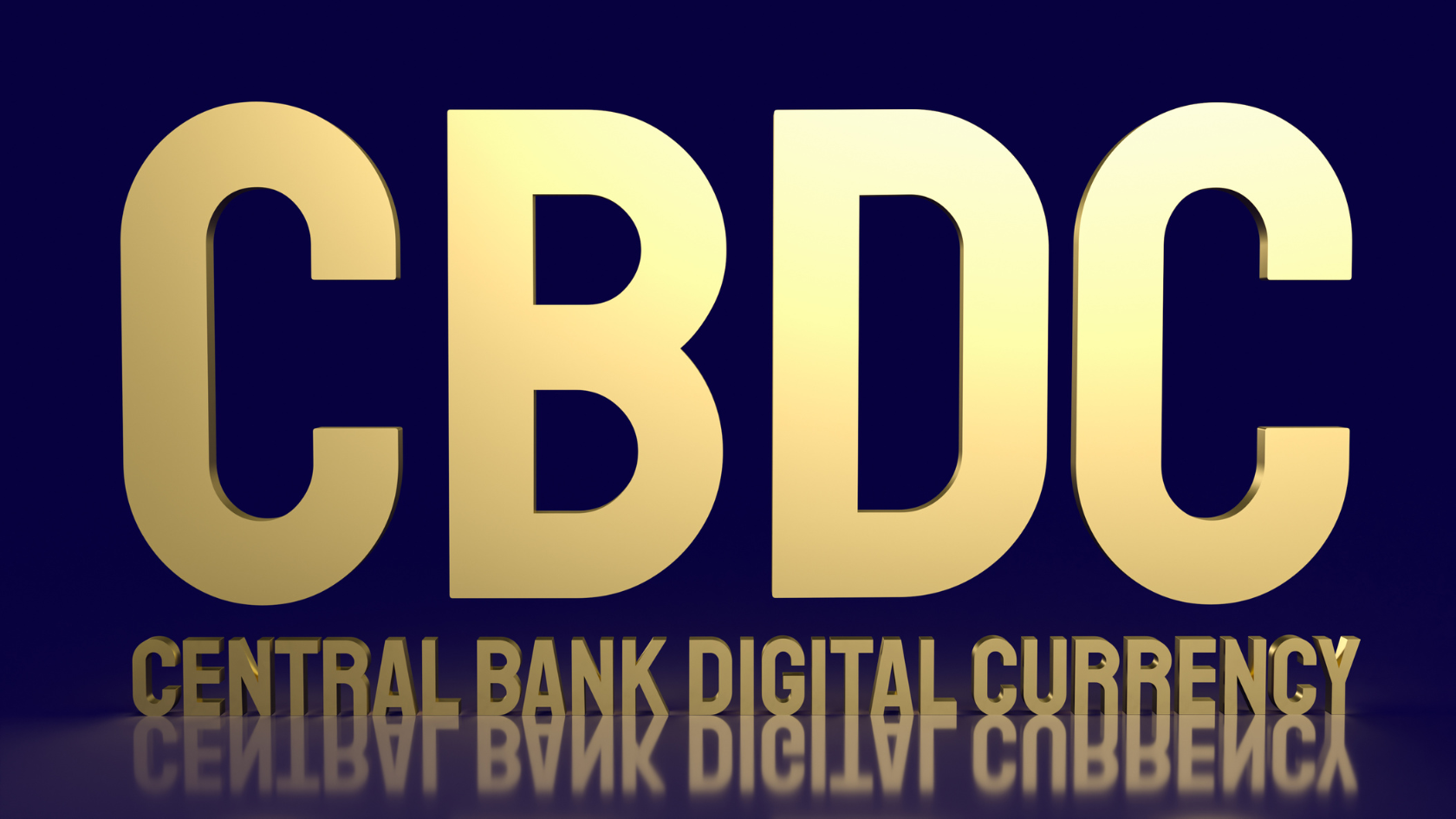For the uninitiated crypto traders, all the talk of FUD, HODL, FOMO, and other lingo can be pretty confusing.
The crypto world is full of insider jargon, and keeping up with all the new terminology can be tricky. In this article, we’ll decode some of the most common crypto acronyms so you can start talking like a pro in no time.
HODL
In 2013, a now-famous Bitcoin (BTC) post on the forum Bitcointalk announced, “I AM HODLING,” in response to a market crash.
A drunken misspelling of “hold,” HODL has become a rallying cry for crypto investors during tough times, telling others to hang on to their coins no matter what. What initially started as a trivial typo has become an iconic part of the crypto community.
As HODL grew in popularity, the crypto community reinterpreted it to mean “Hold On for Dear Life” since prices can be volatile in the crypto ecosystem.
HODL is for the crypto stalwarts, the investors in it for the long haul, regardless of cryptocurrency market conditions (whether it’s bearish or bullish). These folks call themselves HODLers.
FUD
FUD means “fear, uncertainty, and doubt” and is often used in the crypto community to describe negative or false press about digital assets. Sometimes spread by those with ulterior motives, like short-sellers or central banks, FUD can be detrimental to the price of a digital asset.
Think of FUD like a virus: if enough people believe the FUD, people might start to believe it, leading to a market psychology-driven sell-off.
Some of the more famous FUD moments in crypto history include claims that Bitcoin is a Ponzi scheme, that Ethereum’s DAO hack would kill the platform, and that unverified rumors about countries banning cryptocurrencies would lead to their demise.
FOMO
While not exclusive to crypto, “fear of missing out” is a term that gets thrown around a lot in the digital asset space. With the constant 24/7 news cycle and social media, it’s easy to see why FOMO is such a problem in crypto.
Trading bots tinker with prices, whales move markets with a single tweet, and influencers can make or break projects with a YouTube video. With all this activity, it’s no wonder newcomers feel pressure to get in on the action, even if they don’t fully understand what they’re investing in.
Unfortunately, FOMO can lead to impulsive and irrational decisions, so it’s important to remember to do your own research before making any investment.
PND
“Pump and dump” is a type of market manipulation where a group of people buys a crypto asset at once to inflate the price artificially and then “dump” their holdings once the price reaches a peak.
Groups on Telegram or other social media platforms often orchestrate PND schemes, which can be difficult to spot until it’s too late. If you see a sudden spike in price followed by a rapid sell-off, it might be a sign that you’re witnessing a pump and dump in action.
Dumping as quickly as they pump, PNDs can leave investors holding the bag when the price comes crashing down.
ICO
An “initial coin offering” is a type of crowdfunding used to raise capital for new blockchain projects in the crypto market. In an ICO, a project sells digital tokens to institutional or retail investors in exchange for funding.
This process is similar to an IPO in traditional finance but with a few key differences.
For one, ICOs are usually open to anyone, not just accredited investors. And secondly, the tokens sold in an ICO are not equity but utility tokens that give holders access to the project’s ecosystem, like enabling individual governance rights or staking features.
While the ICO boom in 2017 led to a wave of scams and failed projects, the process is still used by many legitimate projects to raise capital.
NFT
A “non-fungible token” is a digital asset representing a unique and indivisible item. NFTs were all the rage in 2020 and 2021, with the sale of digital art, music, and even virtual real estate shattering records.
NFTs minted millionaires overnight, but the new craze attracted its fair share of scammers and bad actors. The NFT space is still largely unregulated, so you must do your due diligence before investing.
BTD
“Buy the dip” is an investing strategy that says to buy an asset when its price is down in the hopes that it will rebound and increase in value.
Long-term investors often use the BTD strategy to accumulate more of an asset at a lower price, but it can also be employed by day traders looking to make a quick profit.
However, buying the dip can be risky, as there’s no guarantee that the price will rebound. Furthermore, a modest dip can come before even sharper ones — it’s essential to do your research and remember that the dip you buy might not be the one you were hoping for.
DCA
“Dollar-cost averaging” is an investing strategy in which you spread your investment into several equal parts and buy them over a period of time. Instead of trying to time the market, DCA says to buy an asset regularly, regardless of the price.
This strategy can help you avoid FOMO and reduce your overall risk. Over time, some investors find that DCA leads to better returns than trying to time the market.
DCA also takes the stress and anxiety out of investing, as you no longer have to worry about whether you’re buying at the right time.
KYC
“Know your customer” is a process financial institutions use to verify the identity of their clients. In crypto, exchanges use KYC to comply with anti-money laundering (AML) regulations.
The process usually involves submitting a government-issued ID, like a passport or driver’s license, and proof of address. Some exchanges require KYC for certain features, like withdrawal limits or margin trading.
While not all exchanges have KYC, regulation will inevitably reach its way into the crypto industry, so it’s best to be prepared for the possibility of having to submit your personal information.
DYOR
“Do your own research” is often used in the crypto community to emphasize the importance of due diligence. With the vast amount of online information, there’s no excuse not to educate yourself on a project before investing.
Unfortunately, as FOMO fans the flames of hype and get-rich-quick fantasies, it’s easy to throw all caution to the wind and invest in a project without research.
However, by doing your own research, you not only stand a better chance of making informed investment decisions, but you might also be able to avoid being scammed.
Bottom Line
Cryptocurrencies and their acronyms can be confusing for new investors. Even with the basic knowledge of what each term stands for, a vast world of jargon and technical analysis can be intimidating.
Sarson Funds offers best-in-class cryptocurrency education through a self-guided program, so you can learn at your own pace and make informed investment decisions.
Sarson Funds also offers crypto advising services to assist you in developing a personalized investment strategy and providing guidance on which projects to invest in. Education is essential to successful investing, and Sarson Funds is here to help you every step.
Sources:
Where Did The Money Go? Inside the Big Crypto ICOs of 2017 | Forbes





